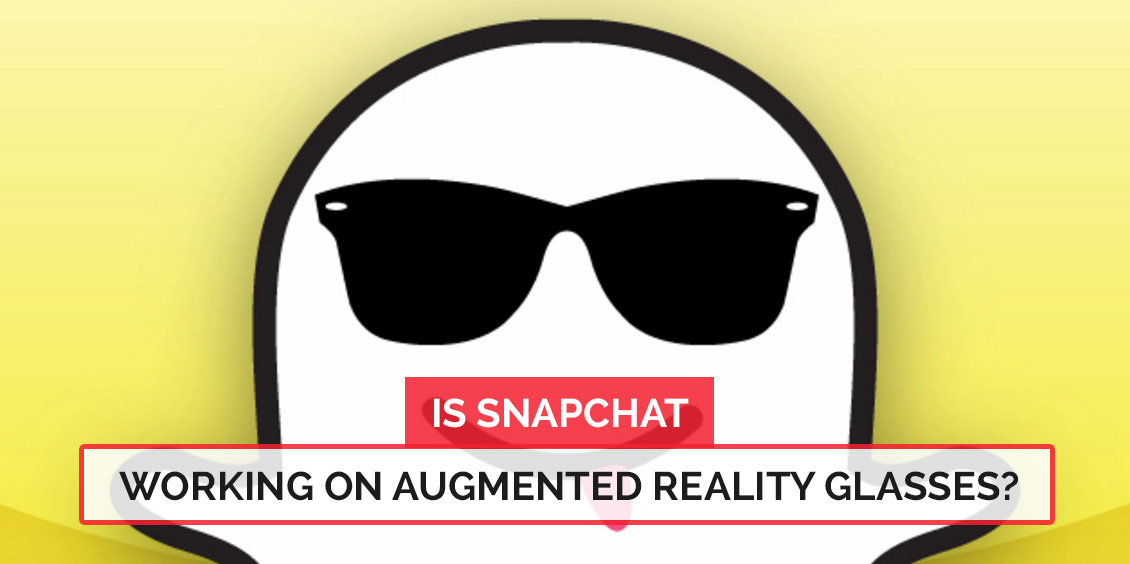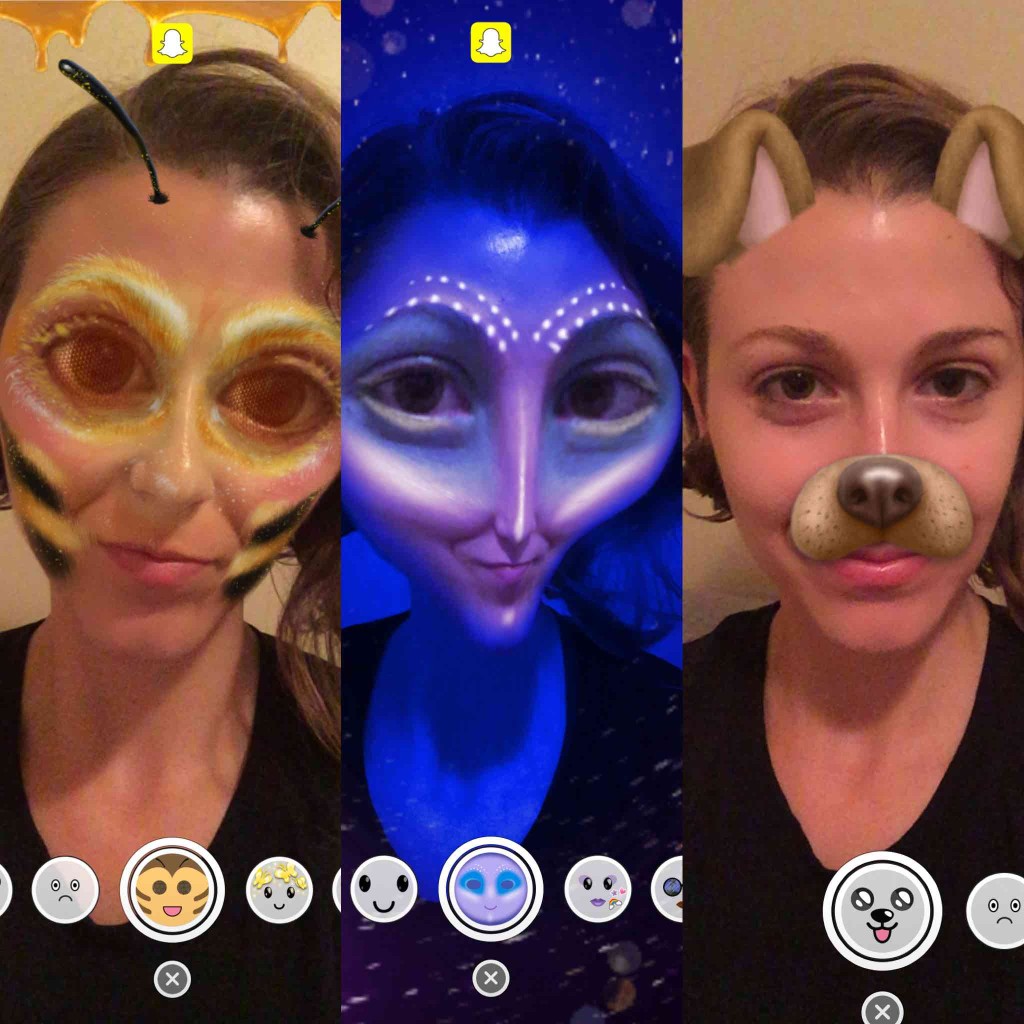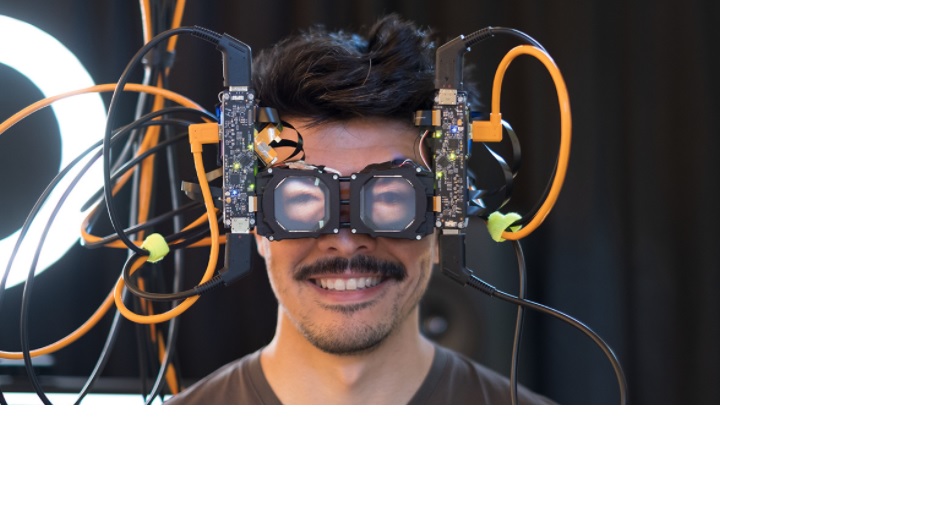Where Google failed to take the lead in augmented reality hardware with their Google Glass project, other players in the market are picking up where they left off. Microsoft, Facebook and even Google are still in the game, but it now has a new entrant – SnapChat.
SnapChat is a social media application where users can upload and share photos and videos with specific contact lists. These media files are removed after a certain period of time, making SnapChat a light tool that doesn’t clog up your phone with old images and videos that you received months ago.
SnapChat is growing at a rapid pace, and currently boasts 150 million daily average users on its platform. That’s even more than Twitter’s 130 million DAUs, according to a report published this June by Bloomberg.
Virtual reality, and its close cousin augmented reality, are not new to SnapChat’s vision for growth. They’ve already been experimenting with what are known as Lenses, which basically allow the user to add drawings, masks and other image layers on to their selfies.
What lends even more credence to SnapChat’s presumed entry into the VR market is the fact that they recently joined the Bluetooth Special Interest Group, an autonomous body that regulates Bluetooth standards around the world. The body has a long list of elite founding members that include IBM, Intel and Toshiba, and more recent promoter members like Apple and Microsoft.
But the real clincher that confirms SnapChat’s interest in virtual reality is that it has been hiring people from AR divisions of Google, Nokia and even peripheral device maker Logitech. So it’s obvious they’re getting into this space in a serious way, but it is still unclear what their products will look like or the type of functionality they will have.
One major hurdle for SnapChat is the lack of virtual/augmented reality software in the market today, and that’s something Google is trying to change with its VR/AR development platform and hybrid app store called Daydream. With Daydream, independent developers can work on their own VR projects and eventually sell them on the platform, creating a parallel version of Google Play exclusively for virtual reality software applications.
This is, of course, not the first time a social media company is stepping into virtual reality. Their more famous distant cousin Facebook claimed that title when they bought Oculus VR in March of 2014. Google is still in the game with Google Cardboard, a low-cost version of virtual reality hardware for mobile phones that now has a mobile app that allows you to watch your favorite YouTube videos in virtual reality format. Microsoft is also in the game with HoloLens, but so far we’ve only seen the commercial applications of that product. Oculus, of course, is a much sought after product that offers featured content (which, of course, means they have very little content to begin with!)
SnapChat could face that same problem, as I mentioned before. They don’t yet have the apps to support VR, so we could see them piggybacking on some premium content for starters. Of course, the content will cost you extra as do most of the really good Oculus VR apps, but the tech is relatively new and it’s the early adopters that usually end up paying the price of development.
With a new player now entering the game, the VR market is likely to show a spurt in content growth. There’s a big opportunity there for software startups and mobile app developers, and I’m certain they’re not going to let it slip by.
Thanks for reading our work! If you’re reading this on Apple News, please favorite the 1RedDrop channel (next to our logo) to add us to your news feed, or Like our page on Facebook. Please bookmark our site for more insightful articles on current and future technologies that are changing our lives.





